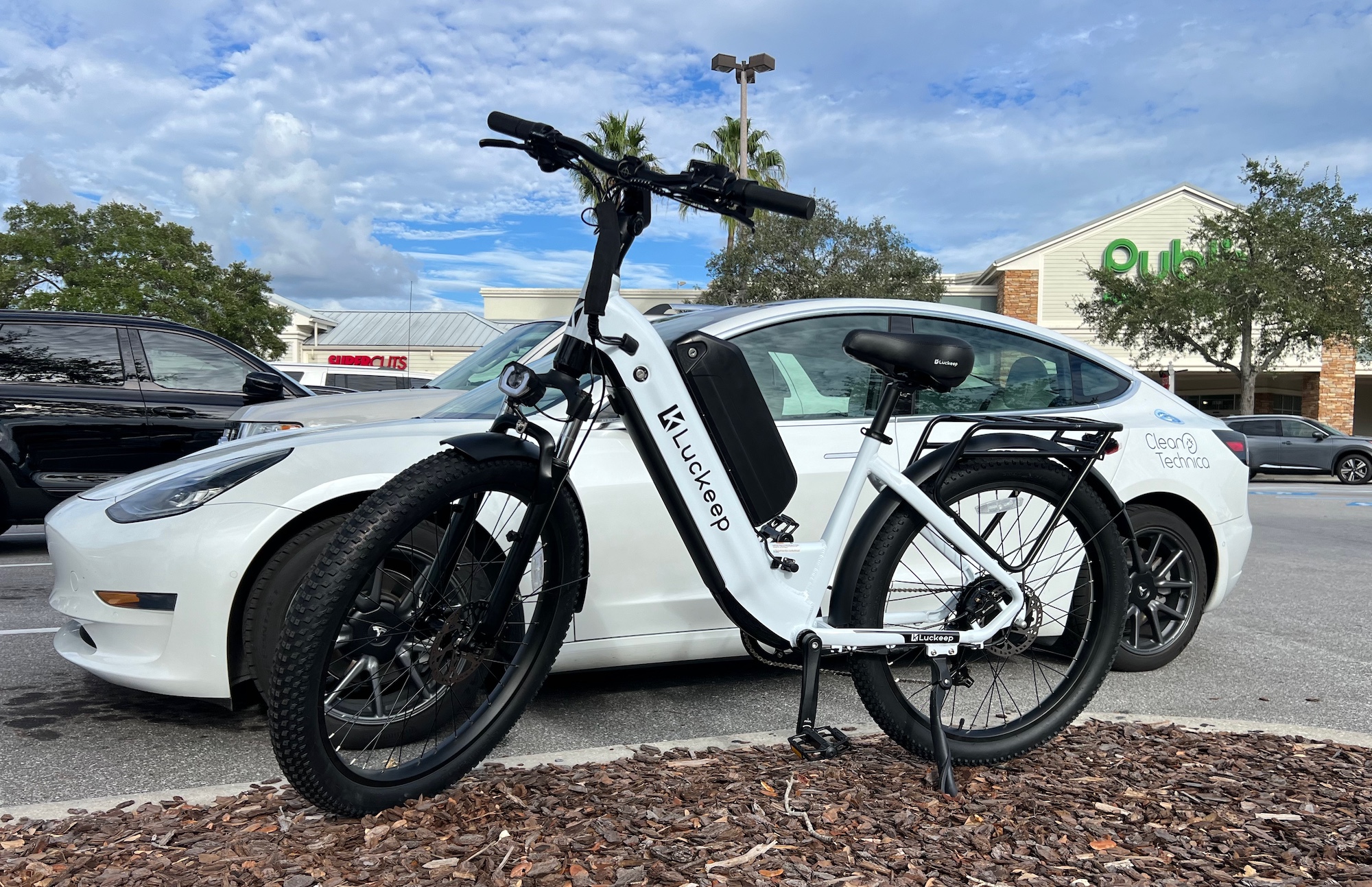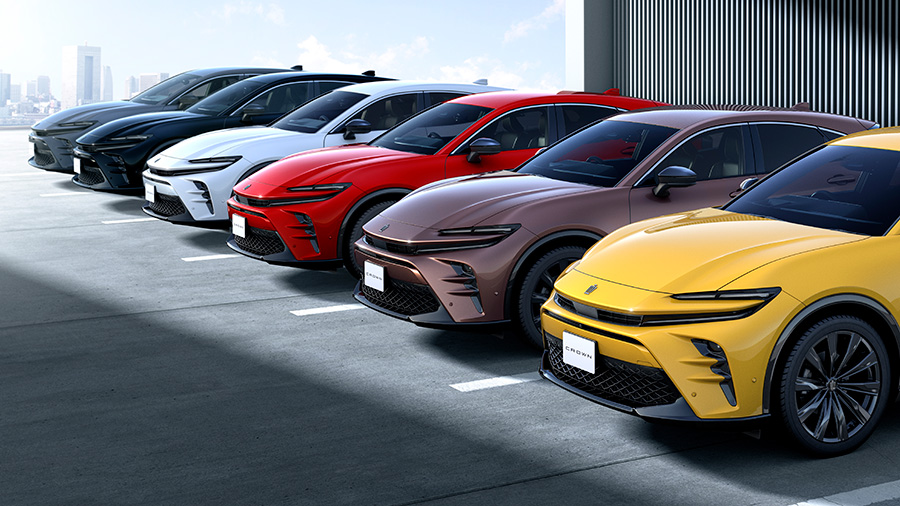
Idaho National Laboratory intern Jake Guidry has developed a cybersecurity research tool that could improve the security of electric vehicle charging.
AcCCS (pronounced access) is a combination of hardware and software that emulates the electronic communications that occur between an electric vehicle and an extreme fast charger during the charging process. The tool gives researchers a new way to search for vulnerabilities in electric vehicles and charging stations.
The AcCCS hardware includes a charging port and a charging cable, both of which can be plugged into real-world equipment.
No charging power flows through the device. If you plug AcCCS into an electric vehicle, the vehicle’s computer thinks the battery is receiving a charge. If you plug the tool into a 350-kilowatt fast charging station, the station thinks it is charging an electric vehicle.
“It’s basically acting like one to trick the other,” said Guidry, a master’s degree student in mechanical engineering from the University of Louisiana at Lafayette. Guidry began an internship at INL last winter after being recruited by lab researchers at the 2022 SAE CyberAuto Challenge workshop. “With this technology, you can not only skew from normal operations, but also introduce cyberattacks.”
“Currently, some commercial devices allow researchers to test EVs and charging equipment to make sure that they meet certain specifications, but AcCCS is less expensive and a lot more flexible,” said Ken Rohde, a cybersecurity researcher at INL who serves as an advisor for Guidry’s project. The tool further reduces costs by eliminating the need for real-world charging equipment or vehicles.
“It’s a low-cost solution that allows us to test outside of the bounds,” Rohde said. “It brings the barrier of entry to EV charging research way down.”
During the June 7 meeting, researchers used AcCCS to hack a charging station and a vehicle. Researchers then demonstrated a mitigation to the cyberattacks. Future experiments will help researchers develop best practice recommendations for industry.
Guidry and his colleagues will next demonstrate the technology at this year’s SAE CyberAuto Challenge. He plans to extend his internship to further test AcCCS.
“Immediate next steps are to see how much further I can go with it,” Guidry said. “What is the extent of the things that we can do with this capability?”
AcCCS was developed as part of the Electric Vehicle Secure Architecture Laboratory Demonstrations, a pilot project to demonstrate cybersecurity best practices and collaborations to deploy and operate cybersecure electric vehicle charging facilities.
This project is a research effort by Idaho, Sandia and Pacific Northwest national laboratories, and sponsored by the Department of Energy’s Office of Cybersecurity, Energy Security and Emergency Response and Vehicle Technologies Office.
By Idaho National Laboratory (INL)
I don’t like paywalls. You don’t like paywalls. Who likes paywalls? Here at CleanTechnica, we implemented a limited paywall for a while, but it always felt wrong — and it was always tough to decide what we should put behind there. In theory, your most exclusive and best content goes behind a paywall. But then fewer people read it! We just don’t like paywalls, and so we’ve decided to ditch ours. Unfortunately, the media business is still a tough, cut-throat business with tiny margins. It’s a never-ending Olympic challenge to stay above water or even perhaps — gasp — grow. So …
Sign up for daily news updates from CleanTechnica on email. Or follow us on Google News!
Have a tip for CleanTechnica, want to advertise, or want to suggest a guest for our CleanTech Talk podcast? Contact us here.
Former Tesla Battery Expert Leading Lyten Into New Lithium-Sulfur Battery Era:
CleanTechnica uses affiliate links. See our policy here.





